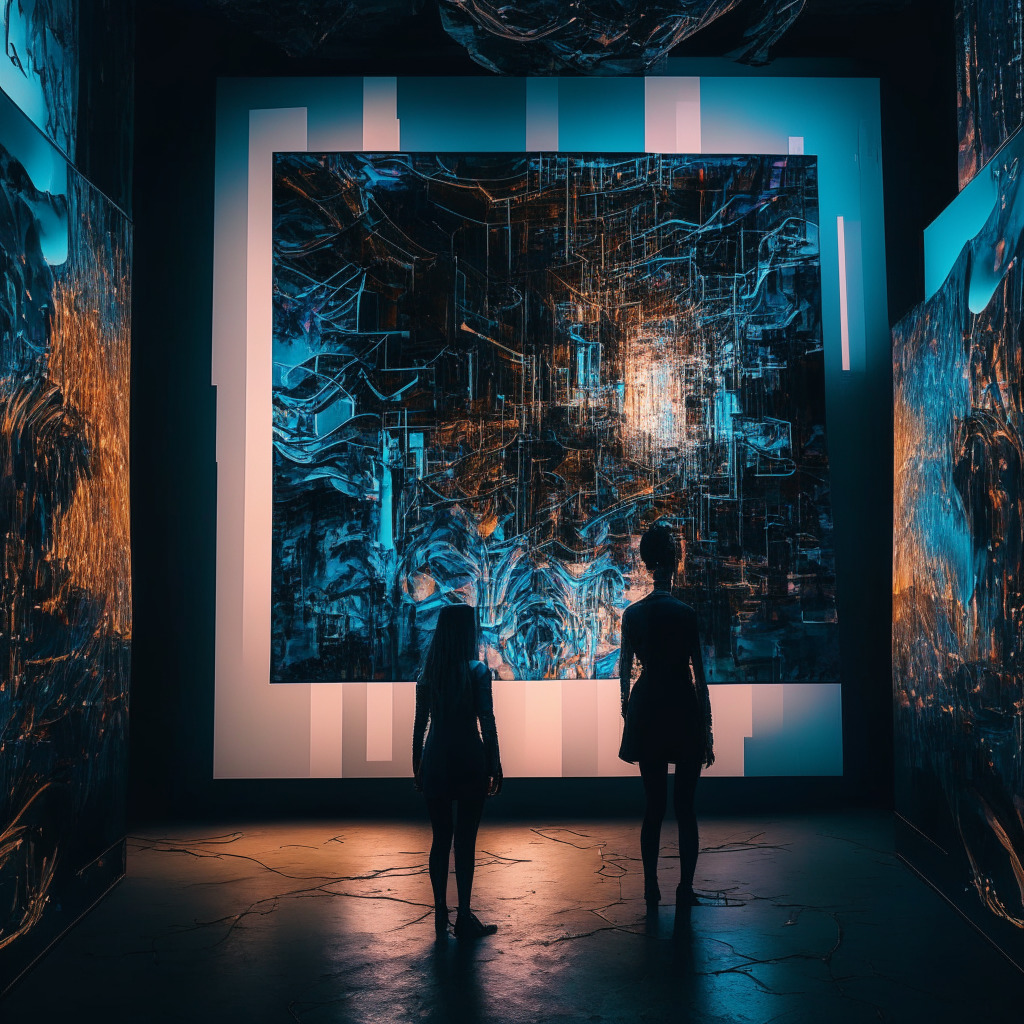Artificial intelligence (AI) has once again found its way into the limelight – this time as an avenue for creating valuable art. NFT collector, Pindar Van Arman, a leading figure in AI art, is creating ripples in the cryptosphere. He built his first crypto art project in 2015 — titled bitPaintr — and minted his first Ethereum nonfungible token (NFT), a technology that leverages the principles of uniqueness and ownership within the blockchain universe in 2018. The NFT was titled “AI Imagined Portrait Painted by a Robot” and found its home on SuperRare.
Van Arman stands at a juncture where two worlds meet. His stance, however, leans closer towards the artistic side with a claim that AI can’t be an artist but it certainly can be creative. This belief propels his work, in spite of scepticism from the artistic quarters. His journey in AI art has earned his stunning pieces a value height of 80 Ether ($342,100) among others.
On another front, within the artistic sphere, Van Arman has been vocal about his stance on royalty rights. He’s firmly of the opinion that, just like in the recording or writing world, artists within the crypto world should have royalties on their work. He associates the freedom to transact as an artist’s right to impose royalties on their art – a viewpoint that often leads to a tug of war with collectors who feel the art assets should bear no encumbrances.
What’s been most intriguing in his journey is the response towards AI art. It’s brought forth two extreme factions. The cynics, who maintain a stoic scepticism against accepting AI as a form of art or creativity and the supporters, who acknowledge and appreciate AI’s artistic capabilities. Artificial Intelligence might often be considered purely logical and unemotional, yet as Pindar Van Arman’s creations reveal, AI-painted images have the capacity to evoke emotional responses just as powerfully as their human-created counterparts could do.
While Pindar Van Arman’s AI creations prompt a rethinking of traditional art forms, they represent a small, though highly innovative fraction of a much larger global conversation around the possibilities for AI in other parts of the creative arts, and beyond into other sectors. Creativity, once seen as uniquely human, is being redefined by these AI-generated artworks.
Source: Cointelegraph




